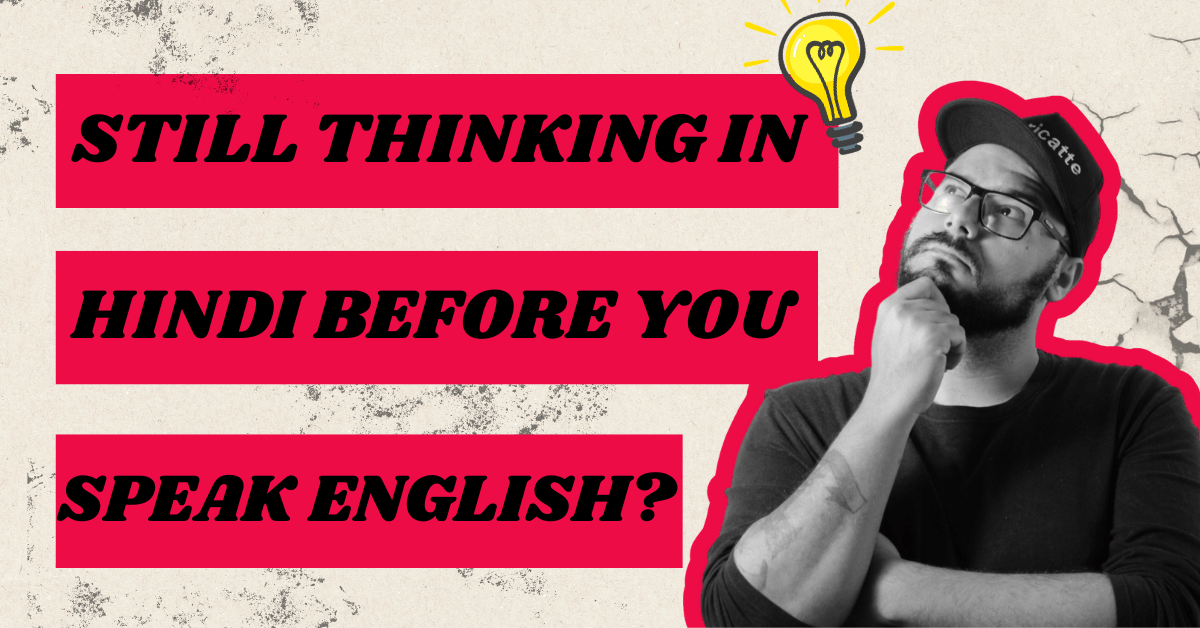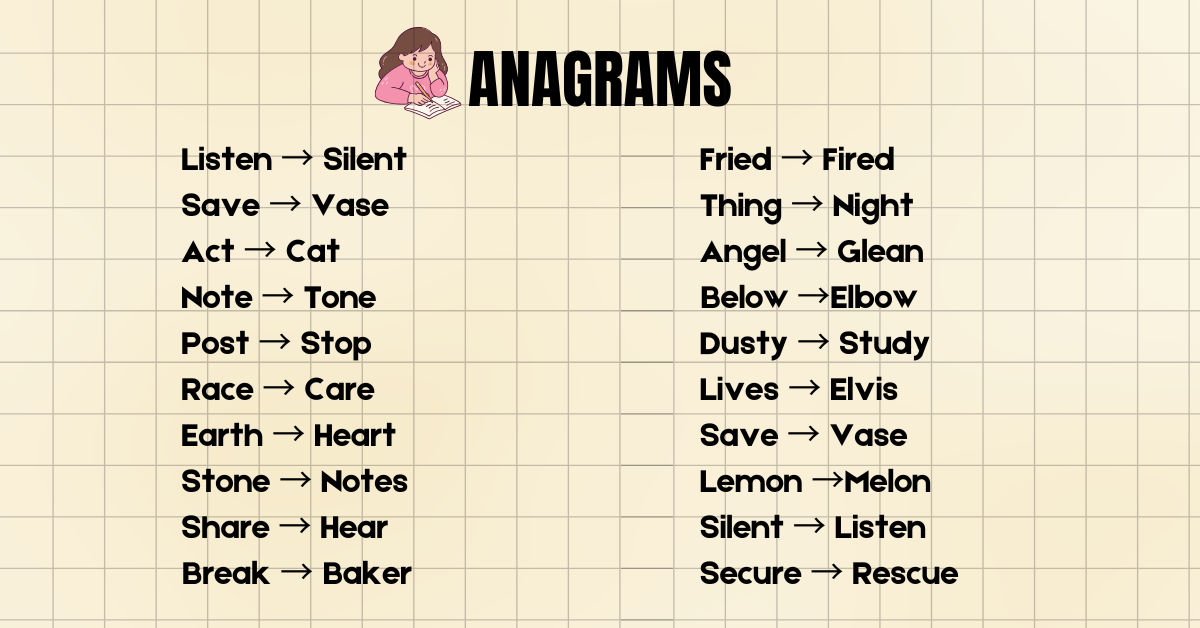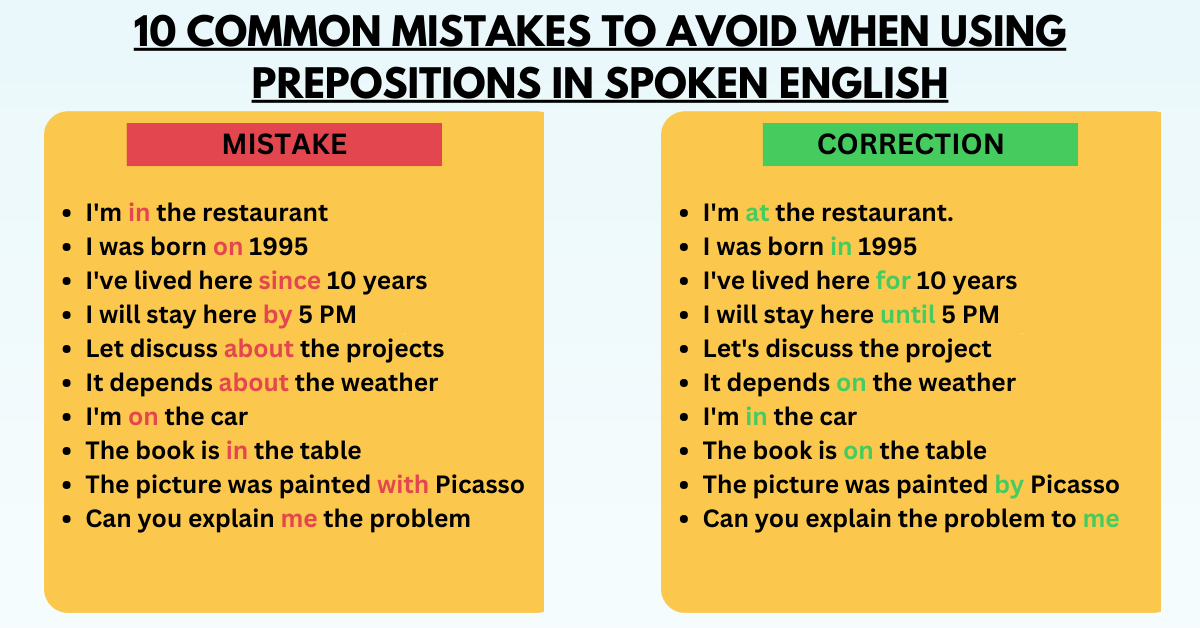Do you ever catch yourself translating from Hindi to English in your head before you speak?
You’re not alone.
Many English learners — especially in India — go through this exact struggle. You know the words, you understand the grammar, but when it’s time to speak… you pause. You think in Hindi first. Then slowly, you try to turn it into English.
This habit is one of the biggest reasons behind hesitation and slow speech.
In this blog, let’s dive into why you’re still thinking in Hindi — and more importantly, how to train your brain to think directly in English.
Why You’re Still Thinking in Hindi
Here are a few common reasons why this habit develops:
1. Hindi is your default setting
It’s the language you use for emotions, daily life, thoughts — everything. Your brain is hardwired to think in it.
2. English was taught as a subject, not as a skill
You’ve studied English grammar and vocabulary, but you weren’t encouraged to use it in real conversations.
3. Fear of making mistakes
We often think in Hindi because we feel more confident forming a thought in our mother tongue first, and then translating. That translation step is what causes hesitation.
But here’s the thing — you can change this.
You can reprogram your thinking pattern, and it doesn’t take a language degree — it just takes consistency and the right exercises.
How to Stop Thinking in Hindi While Speaking English
Let’s break it down into daily, practical habits.
1. Train Your Eyes and Mind
Wherever you are, look around and name things in English.
“Fan. Table. Plant. Phone. Water bottle.”
Then move to small phrases:
“The fan is running.”
“The bottle is empty.”
This builds an English vocabulary for your everyday surroundings — without depending on Hindi.
If you feel your vocabulary is limited, start expanding it with simple yet powerful words. You can check out this list of 50 simple English words to boost your vocabulary and begin adding them to your daily thoughts.
2. Narrate Your Routine
Talk to yourself in English as you go through your day.
-
“I’m brushing my teeth.”
-
“Let me check my phone.”
-
“Time to cook dinner.”
This constant narration helps you think directly in English without translating in your head.
3. Express Emotions in English
Instead of saying “Mujhe gussa aa raha hai” in your head, say:
“I’m feeling angry.”
“I’m annoyed right now.”
“I’m super excited about this!”
Practicing emotional vocabulary is a powerful way to switch your internal language from Hindi to English.
4. Use the “Slow & Speak” Technique
When someone asks you something in English, don’t panic.
Don’t rush to translate.
Just pause for 5 seconds, think slowly in English, and then respond.
Speed doesn’t equal fluency — clarity of thought does.
5. Don’t Aim for Perfection
Trying to speak perfect English will keep you stuck in the translation loop.
Instead:
-
Speak simply.
-
Use short sentences.
-
Make mistakes — it’s how fluency is built.
Nobody learned English by only thinking about grammar. People learn it by using it daily.
The 7-Day Challenge to Break the Habit
Try this challenge for the next 7 days:
🗓️ Choose one activity each day (walking, cooking, scrolling Instagram)
🗣️ Narrate your thoughts in English only
⏱️ Don’t allow yourself to think in Hindi during that activity
You’ll be amazed at how quickly your brain adjusts.
Your Thoughts Shape Your Fluency
Fluency isn’t just about speaking.
It’s about how you think.
When you’re still thinking in Hindi, English will always feel like a second language. But once your thoughts start flowing in English — even broken English — that’s when real fluency begins.
And the truth is: you already know enough English to begin this journey.
All you need now is practice and a little courage to speak, even if it’s not perfect.
Want to Practice English Without Feeling Judged?
If you’re ready to stop thinking in Hindi and finally start thinking in English, try the EngVarta App.
EngVarta helps you practice live English conversations with experts — so you can stop overthinking and start speaking fluently and naturally.
No books. No boring grammar drills. Just real talk.





